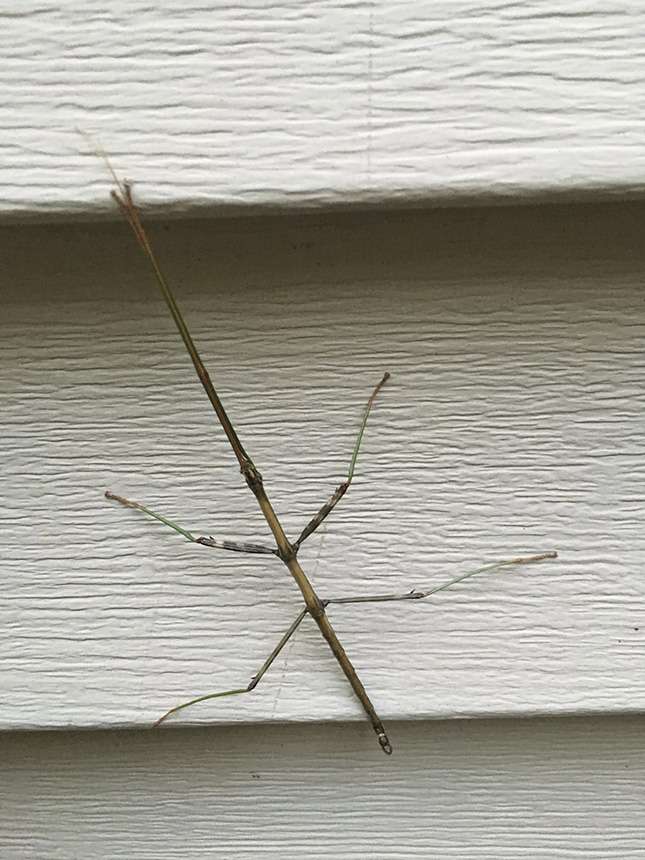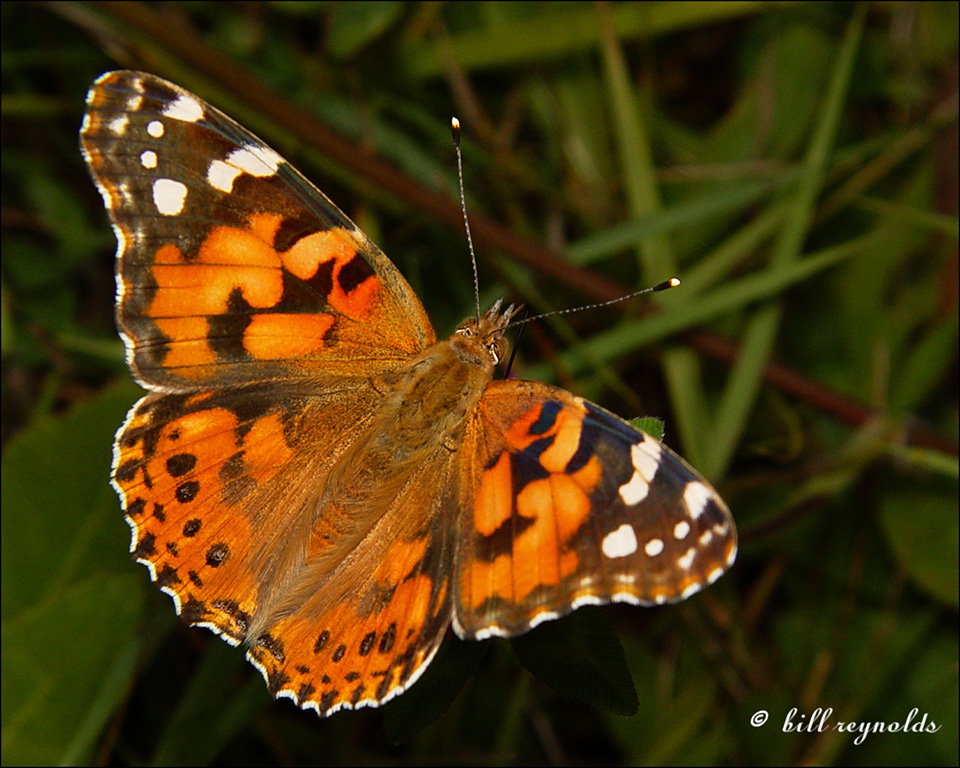There are sixteen species of Hericium fungus, four of which occur in North America, three in Minnesota. Comb Tooth (Hericium coralloides) is by far the most common of the three. It is fairly common in northeastern United States and in Minnesota. It is found in late summer and fall in deciduous woodlands and forests, on fallen logs, branches, and dead stumps of hardwoods.
The fruiting body is a loose, open cluster of delicate branches. It is white when fresh, becoming creamy-white to buff or yellowish-tan with age. The branches are themselves again intricately branched and have rows of evenly-spaced spines, like the teeth of a comb, that hang downward. The spines are the spore-producing structures of this fungus, corresponding to the gills on many mushrooms (Agaricales). The flesh is white and edible when young and soft, but the spines become brittle with age.
Comb Tooth is similar in appearance to the other two Hericium species in Minnesota. It is the only Hericium that is intricately branched and has teeth no more than ⅜″ long.




